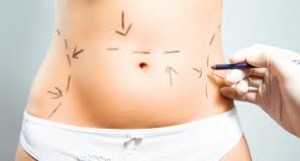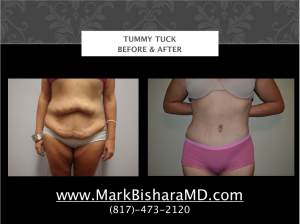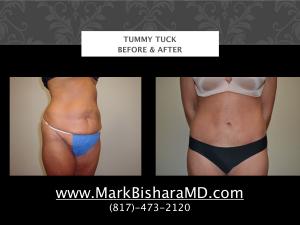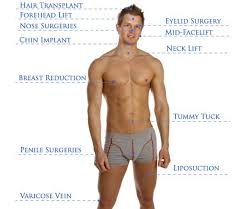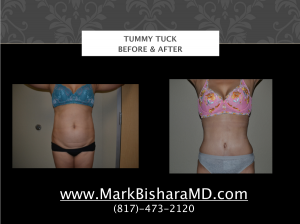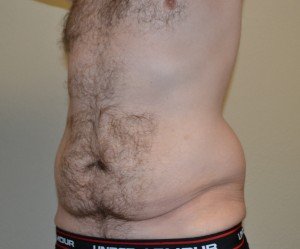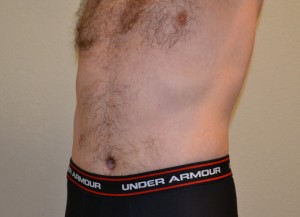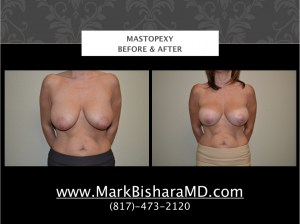An article in The New York Times
The deep horizontal lines across his forehead and the yawning crevices between his brows bothered Michael Ross. In younger days, he said, he had baked too often in the sun, using a double record album covered in aluminum foil as a reflector.
”I take care of my body,” said Mr. Ross, now 42 and a middle school teacher. ”In a tank top and shorts, I look younger than the average 40-year-old. I was concerned that, from the neck up, I didn’t.”
”Smile for me, nice and big,” Dr. Leipziger instructed, and the wrinkles needing reduction stood out. The doctor stuck a slim needle into the crow’s feet around Mr. Ross’s eyes and injected them with botulinum toxin (Botox).
On an island where women already jam plastic surgeons’ offices, Dr. Leipziger and others have also been seeing a rise in the number of men who want to look fresher or who think that success in the workplace demands a more youthful appearance.
”Men now look in the mirror just as much as women,” Dr. Leipziger said. ”The desire to look good transcends the sexes.”
More men seem to be adding a stop at the plastic surgeon’s office to maintenance regimes that go far beyond a daily shave. Affluent suburban men are pampering themselves at day spas and salons with facials, manicures and pedicures, following trails well worn by women.
Though his thrice-yearly Botox treatments are still not a topic he’s very likely to bring up on the golf course, Mr. Ross says male friends frequently comment on how relaxed his face looks, even if they can’t quite figure out why.

Men still account for only about one-eighth of the 10 million cosmetic surgery procedures performed nationwide in 2005, according to the American Society of Plastic Surgeons, but their share has risen by 44 percent in the last five years.
”Men have become much more comfortable seeking plastic surgery,” Dr. Leipziger said.
More than 313,000 Botox injections, the most popular minimally invasive procedure, were given to men last year. Ranking next in popularity were laser hair removal, microdermabrasion and Restylane injections to plump sagging facial folds.
Because men’s muscles tend to be thicker than women’s, Dr. Leipziger said, more Botox is needed to achieve the same result. He told Mr. Ross that it would be two weeks before full results were visible.

Men are choosing more-permanent procedures as well. The most popular last year, according to the American Society for Aesthetic Plastic Surgery, were liposuction, nose reshaping (or rhinoplasty), blepharoplasty to remove bags and tighten the eyelids, breast reduction and face-lifts.
Dr. Michael Setzen, chief of rhinology at North Shore University Hospital in Manhasset, said that he had seen a 25 percent jump in men wanting nose jobs. Typically, he said, they come to his Manhasset office complaining of nasal congestion or sinusitis and then slip in remarks about disliking the bumps on their noses. He uses computer images to show what surgery could do for them.
”Men are very concerned how they will look afterward,” Dr. Setzen said. ”They don’t want to look feminine, they want to look very much like they do look, but they want the bump corrected.” Women, on the other hand, usually want a clear change, and may come in asking for a Nicole Kidman nose, he said.
Chin augmentations are also popular with men. ”Men are interested in a strong chin — that is a male dominant feature,” Dr. Setzen said.
South of the face, male patients often want help ridding themselves of persistent love handles or may be embarrassed by enlarged breasts, a condition known as gynecomastia.
Last month, Philip Shenassa, 46, a businessman from Kings Point, underwent breast reduction surgery.
”It bothered me for a long time,” Mr. Shenassa said. ”I was sensitive and constantly aware of it.”
He said that the surgery to firm up his chest, done by Dr. Leipziger, had made his looks much more professional.
”If you can improve your appearance and your self-confidence, what is wrong with it?” Mr. Shenassa said. ”If you know what you want from life, you should go for it and do it.”
Dr. Leipziger, who at 46 has naturally boyish good looks, said he hadn’t had any cosmetic surgery himself.
”But if I needed it, I would,” he added.
This News is Brought to you Courtesy of Dr. Mark Bishara and The Paragon Plastic Surgery & Med Spa in Mansfield and Southlake, TX


